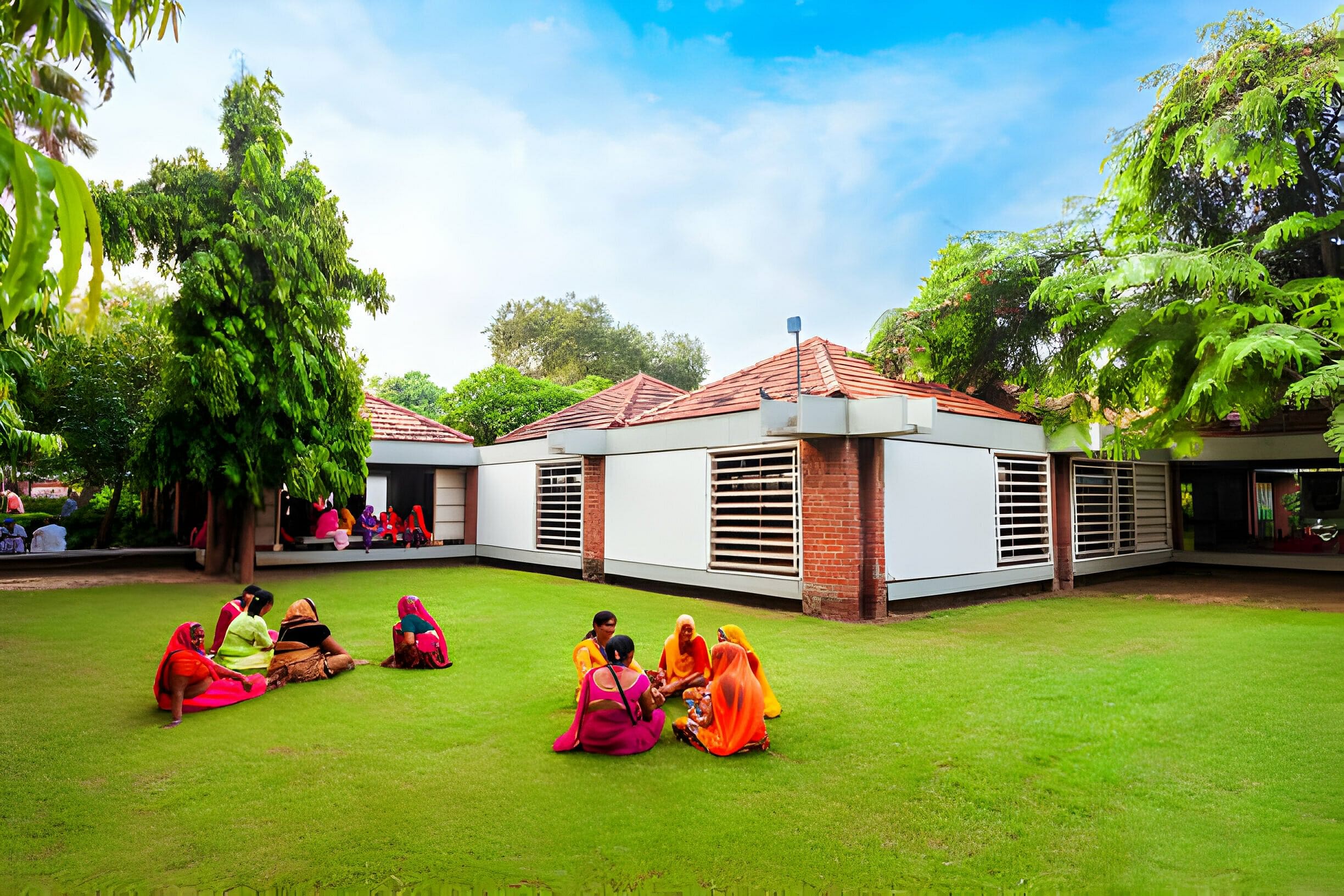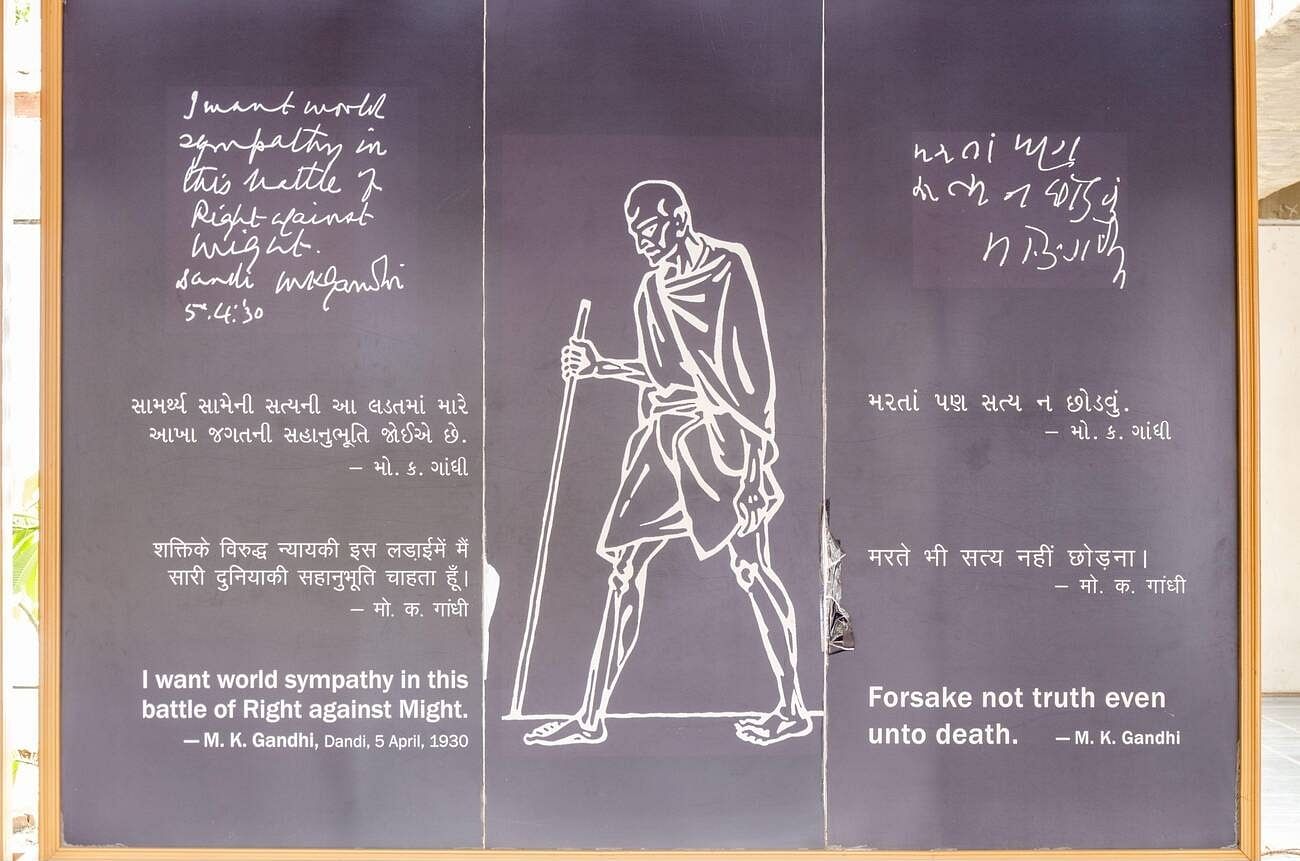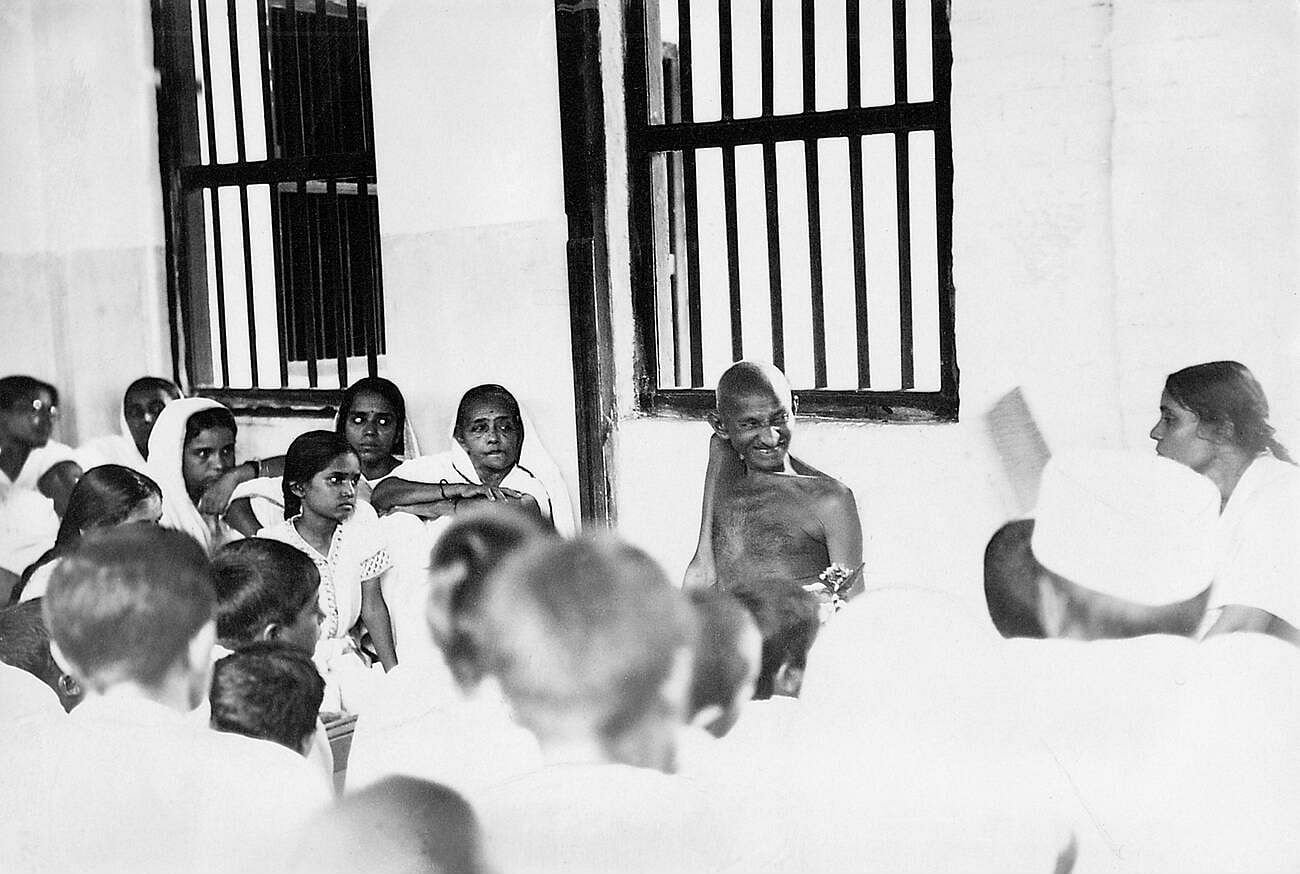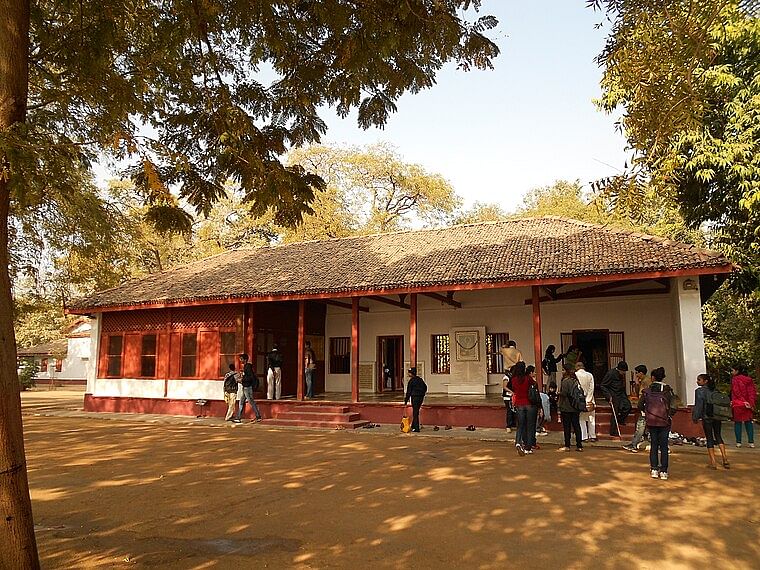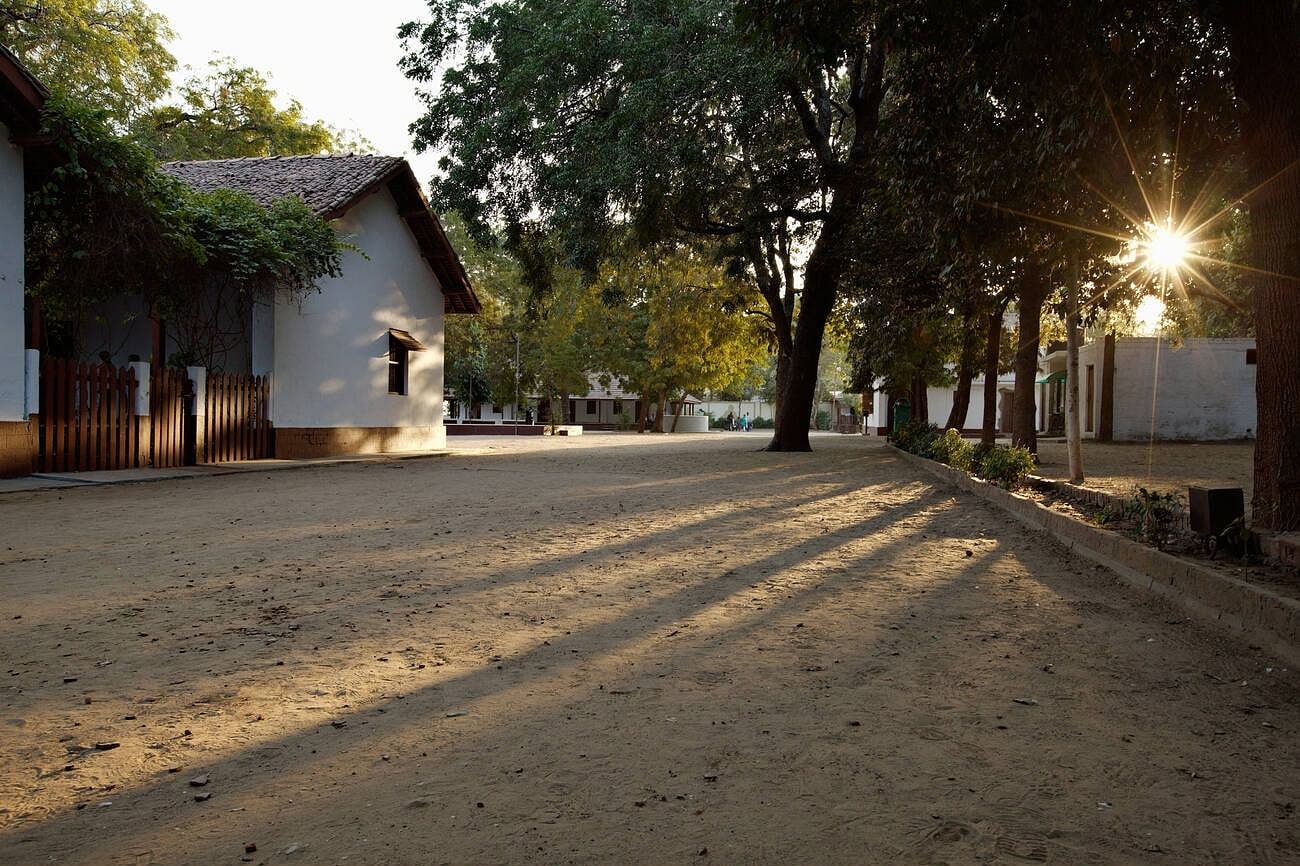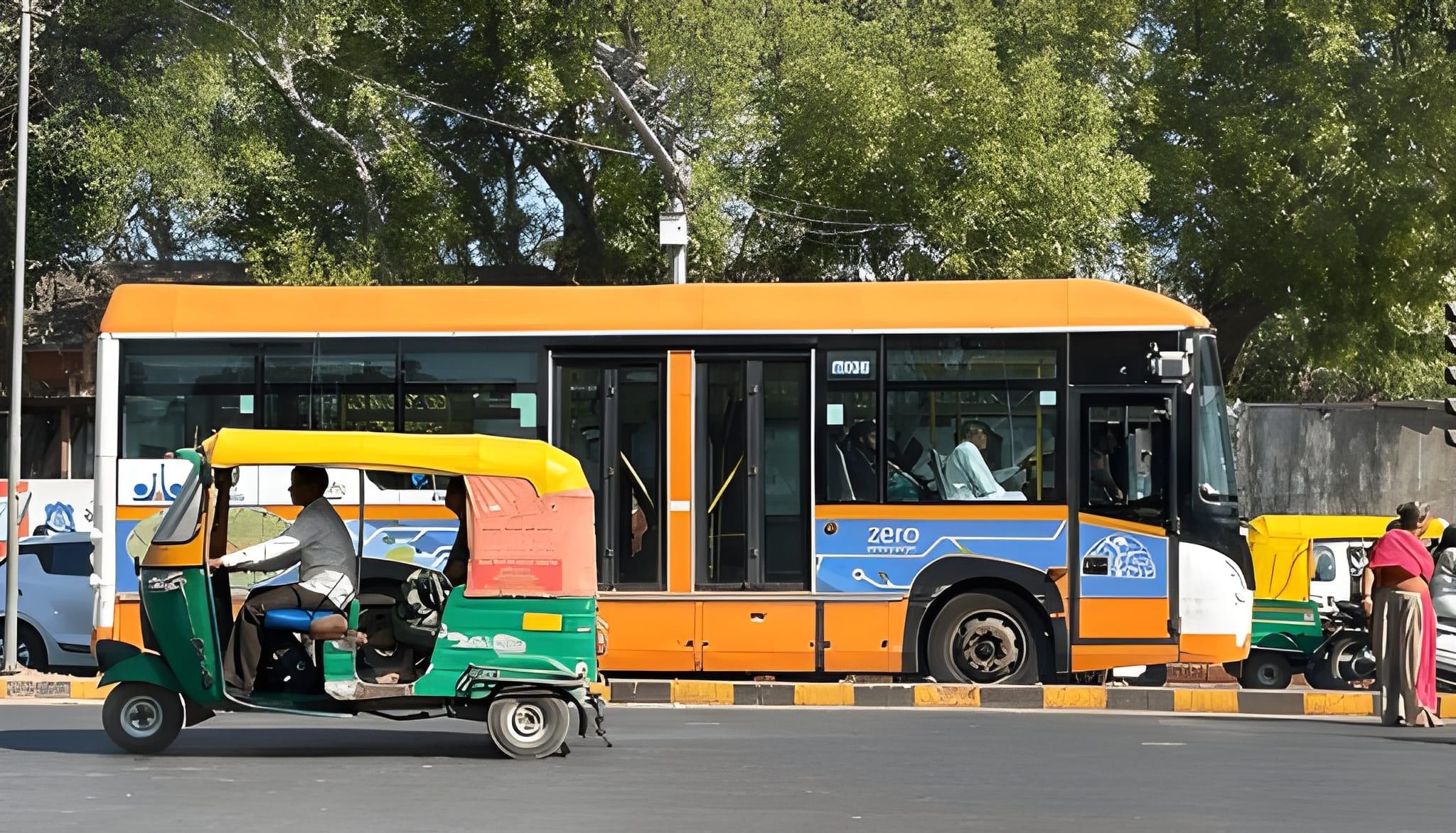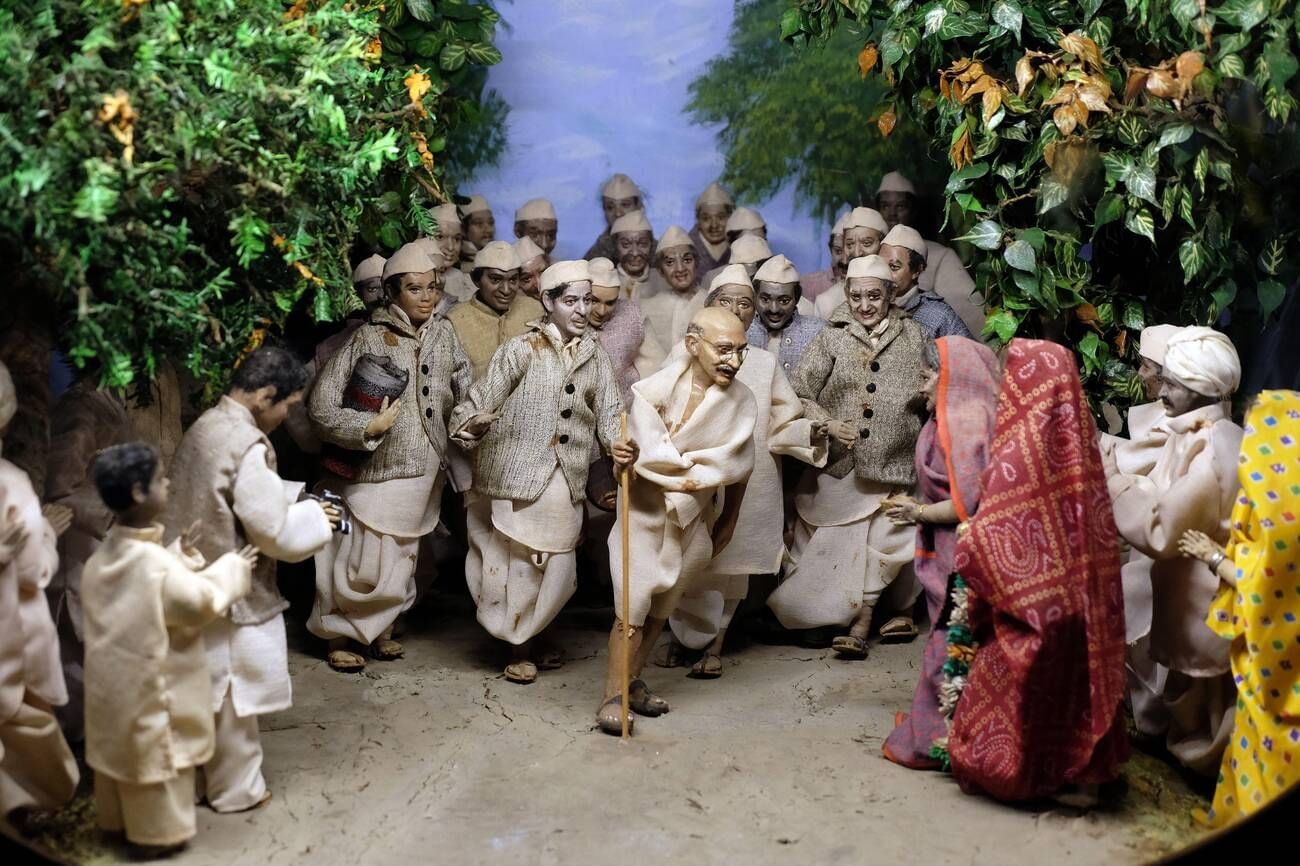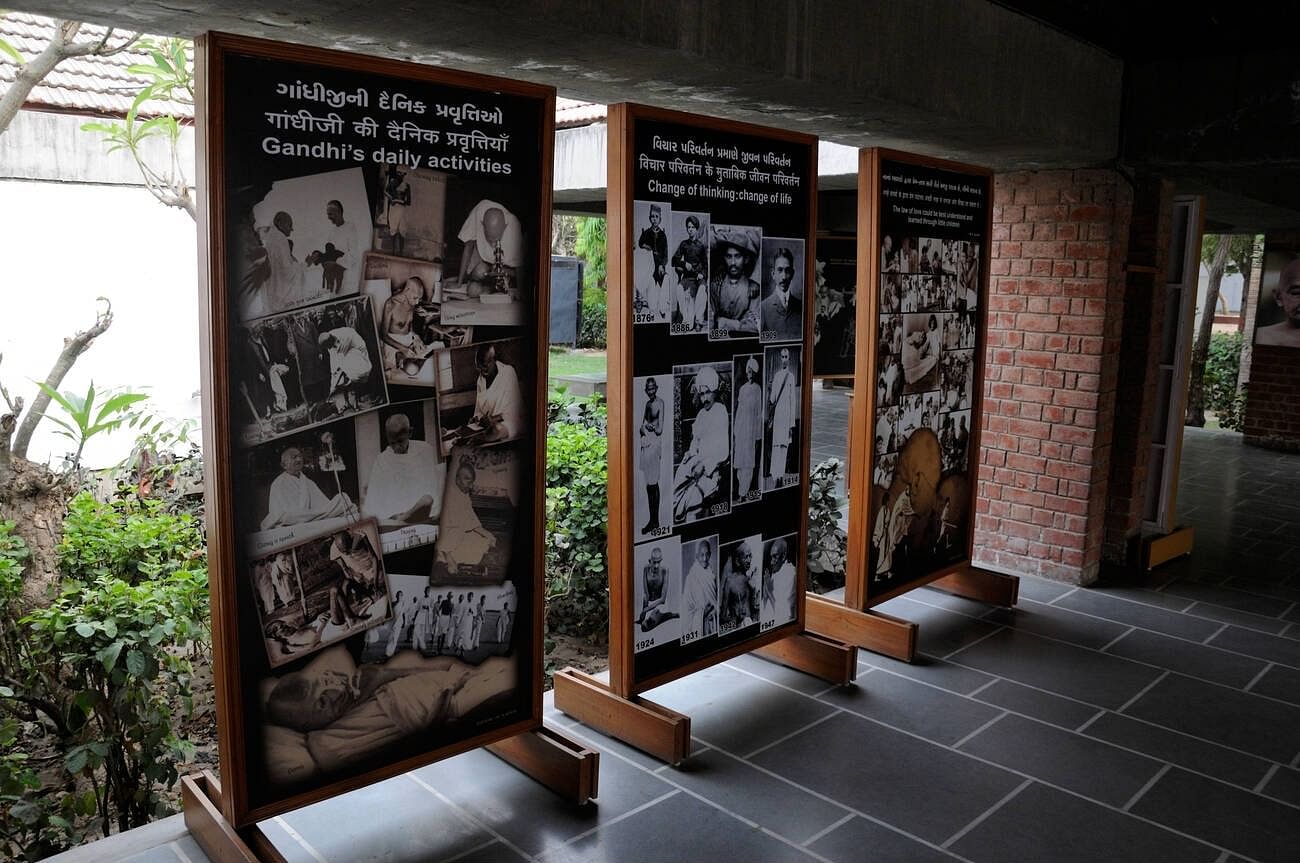Ever wondered where Mahatma Gandhi planned some of India’s most iconic freedom movements? Nestled on the serene banks of the Sabarmati River in Ahmedabad, Sabarmati Ashram—also known as Gandhi Ashram Sabarmati or Mahatma Gandhi Ashram—is not just a historical site, but a living symbol of India’s struggle for independence. Walking through its peaceful pathways, visitors can almost feel the echoes of Gandhi’s principles of non-violence and Satyagraha, which shaped the course of the nation.
For anyone planning an India trip, a visit here offers a unique blend of history, culture, and reflection. Whether you are a student, history enthusiast, or traveler seeking meaningful experiences, the Ashram provides insight into the life of the man who championed truth and simplicity.
With WanderOn, you can explore this heritage site in a well-planned manner, ensuring you don’t miss the key attractions, peaceful gardens, and the inspiring museum that showcases Gandhi’s life, letters, and teachings. A journey to the Ashram Gandhi is a chance to step back in time and witness history that still inspires millions today.
Location of Sabarmati Ashram: Gandhi Smarak Sangrahalaya, Ashram Rd, Ahmedabad, Gujarat 380027
Official Website of Sabarmati Ashram: https://www.gandhiashramsabarmati.org/en/
The Sabarmati Ashram was established by Mahatma Gandhi on May 25, 1915, at Kochrab Bungalow in Ahmedabad, before relocating to its current riverside site on June 17, 1917. Chosen for its peaceful surroundings, proximity to the river, and easy access to the city, the location became the perfect hub for Gandhi’s activities.
Between 1917 and 1930, Gandhi lived here with his wife Kasturba Gandhi and close followers. Daily life involved reciting the Bhagavad Gita, conducting community work, holding discussions on social reforms, and planning movements like the Salt March. The Ashram also served as a space to teach self-reliance and simplicity, embodying the core of Gandhi’s philosophy.
Today, about Sabarmati Ashram visitors can explore the heritage site, which houses the Gandhi Smarak Sangrahalaya museum and educational center. It preserves photographs, letters, and relics from Gandhi’s life. The peaceful gardens, riverfront, and simple cottages continue to convey the essence of the Ashram Gandhi experience, giving visitors a firsthand understanding of Mahatma Gandhi Ashram and the values it stood for.
Historical Significance of Sabarmati Ashram
Mahatma Gandhi in Sabarmati Ashram made history from this quiet riverside retreat. Most notably, it served as the launch site for the Salt March (Dandi March) in 1930, a pivotal movement in India’s freedom struggle. The Ashram’s strategic location allowed Gandhi to organize campaigns, engage with volunteers, and teach non-violence and civil disobedience to countless followers.
Key buildings include Hriday Kunj, Gandhi’s cottage where he lived; Vinoba-Mira Kutir, housing other prominent followers; Upasana Mandir, a space for prayer and reflection; and Udyog Mandir, showcasing crafts and self-reliance initiatives. These sites offer an intimate glimpse into daily life at the Ashram and the disciplined, reflective routines of Gandhi and his companions.
The Gandhi Smarak Sangrahalaya museum features exhibits like “Gandhi in Ahmedabad”, “My Life is My Message”, and a Painting Gallery. Visitors can see letters, photographs, and relics that narrate Gandhi’s journey from a local activist to a global icon of peace. The architecture, designed to blend with nature, further reflects simplicity and sustainability.
The philosophy of Satya (truth), Ahimsa (non-violence), and Swadeshi (self-reliance) permeates the Ashram. Experiencing these highlights allows visitors to connect deeply with Gandhi’s teachings and understand why Gandhi Ashram Sabarmati remains a symbol of moral courage and India’s struggle for freedom.
What is the Best Time to Visit Sabarmati Ashram?
Visiting the Ashram Gandhi is most pleasant during October to March, when Ahmedabad enjoys cooler temperatures and minimal rainfall. Early mornings are ideal for a calm experience, allowing visitors to explore the Ashram grounds and gardens without the crowds.
Special occasions like Gandhi Jayanti (2nd October), Republic Day (26th January), and Independence Day (15th August) offer unique insights into Gandhi’s legacy, as the Ashram hosts small ceremonies and cultural programs.
Tip: Weekdays are quieter than weekends, making it easier to reflect and take photos. Planning your India trip around these months ensures a comfortable and immersive visit.
Timings & Entry Fees: Sabarmati Ashram
- Sabarmati Ashram timings: 08:30 AM – 06:30 PM daily.
- Sabarmati Ashram ticket price: Free for all visitors.
- Optional guided tours or special exhibitions may have a small charge.
- Photography is usually allowed, but check signage in certain areas.
These timings allow sufficient time to explore Hriday Kunj, the museum, and riverfront. Visitors planning a longer visit, including exhibitions, should allocate 2–3 hours.
How to Reach Sabarmati Ashram?
- By Air: The nearest airport is Sardar Vallabhbhai Patel International Airport, about 15 km from the Ashram. A taxi or ride-share takes 30–40 minutes depending on traffic, providing a comfortable and quick transfer.
- By Rail: Ahmedabad Junction is roughly 6 km from the Ashram, and Gandhigram Railway Station is about 3 km away. Auto-rickshaws or taxis take 10–20 minutes to reach the campus.
- By Road: You can use taxis, auto-rickshaws, or city buses. Parking is available nearby. From central Ahmedabad, the Ashram is 5–6 km, taking 15–25 minutes depending on traffic conditions.
The Ashram is close to the city center, making it easy to combine with other places to visit in Ahmedabad.
Things to See & Do at Sabarmati Ashram
Walk around the Ashram campus:
Stroll through the serene Sabarmati Ashram campus to enjoy beautifully maintained gardens, quiet pathways, and the peaceful riverfront. The calm atmosphere lets you soak in the historic vibes of the Ashram while reflecting on Gandhi’s life. It’s perfect for photography, leisure, or a moment of contemplation.
Visit museum galleries:
The Ashram’s museum galleries, like “Gandhi in Ahmedabad”, “My Life is My Message”, and the Painting Gallery, display photographs, letters, and artifacts from Gandhi’s life. These exhibits offer deep insights into his journey, struggles, and teachings, making it a must-visit spot for history enthusiasts and anyone curious about India’s freedom movement.
Explore Hriday Kunj:
One of the best things to do in Ahmedabad is to explore Hriday Kunj is Gandhi’s personal cottage inside Sabarmati Ashram, showcasing his simple lifestyle and humble living conditions. You can see his personal belongings, furniture, and study area, giving a glimpse into how he practised minimalism and lived by his principles of truth and non-violence daily.
Attend exhibitions or demonstrations:
The Ashram often hosts cultural demonstrations and exhibitions, including spinning on the charkha, talks on Gandhian philosophy, and workshops on traditional crafts. These activities allow visitors to experience Gandhi’s ideas in action, understanding his values of self-reliance, simplicity, and community service firsthand.
Reflect by the Sabarmati River:
The tranquil Sabarmati Riverfront near the Ashram provides a peaceful setting for reflection. Visitors can sit quietly, absorb the calm surroundings, and contemplate Gandhi’s teachings. This serene spot encourages mindfulness and introspection, making it a favourite area for those seeking a moment of spiritual or historical connection during their visit.
Tips to Visit Sabarmati Ashram
- Dress modestly and maintain decorum inside the Ashram.
- Time allocation: 1–2 hours for a basic visit; 2–3 hours if exploring the museum.
- Photography: Allowed in most areas, but follow signage.
- Guided tours: Recommended to understand Gandhi’s life and philosophy in depth
- Crowds: Arrive early in the morning to avoid peak visitors.
- Respect: Observe silence, avoid loud behaviour, and follow Ashram rules.





